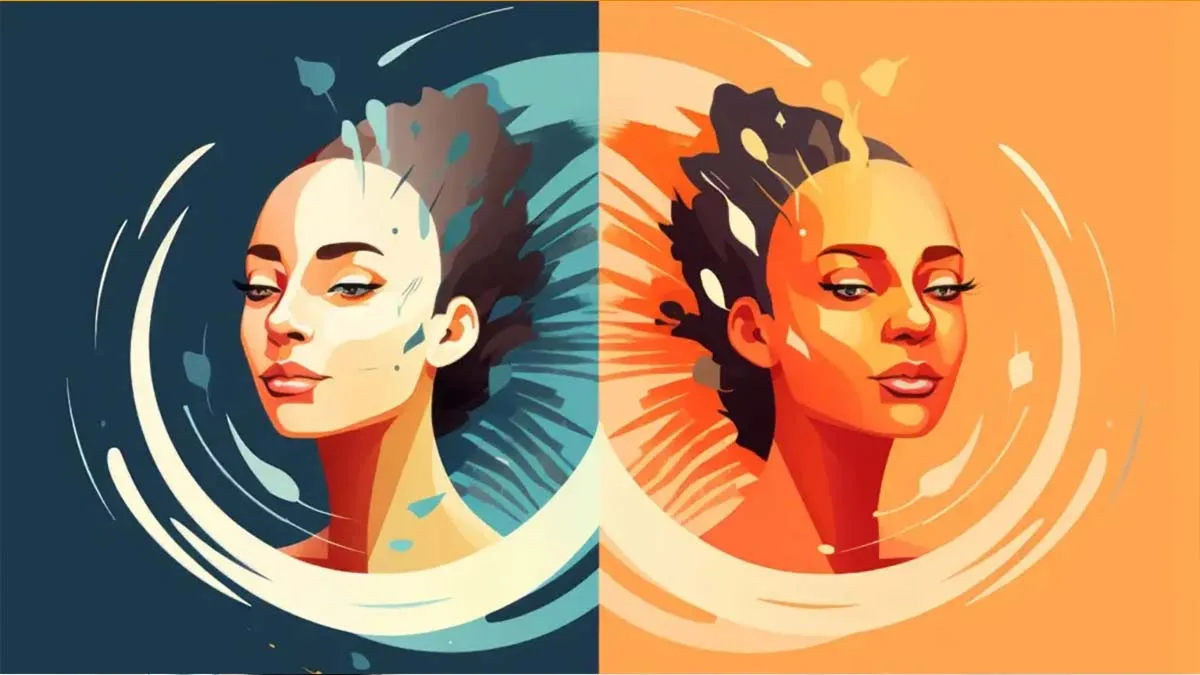- By Brand Desk
- Sat, 13 Sep 2025 02:40 PM (IST)
- Source:JND
Technology is advancing at lightning speed, and one such domain that has taken everyone by surprise is the manner in which artificial intelligence (AI) is revolutionizing digital content creation. It is possible to develop breathtaking images, characters, and even realistic personas today without lifting a single pen or pencil. Two of the most revolutionary tools available today are AI image generators and AI avatars.
Both tools are becoming increasingly popular with businesses, creators, and users alike. But the question is: which one will shape the future of digital creation? Let's dig in and compare how they stack up.
What Is an AI Image Generator?
An AI image generator is a software which turns text descriptions into images. You simply write what you require, and the AI accomplishes that for you within seconds. As an example, you can simply write: "a sunset over a futuristic city" and the generator will generate a realistic or imaginative picture based on your words.
How It Works
You enter a description or use a reference image.
The AI interprets the input.
It produces original images within seconds.
Why People Use It
Artists use it for concept art.
Advertisers create ads and posters in a jiffy.
Content creators design unique thumbnails or social media images.
Companies use it for product concepts or mockups.
The biggest advantage of AI image generators is speed and variety. Instead of needing to outsource an illustrator or spend hours using Photoshop, you can have high-quality output immediately.
What Is an AI Avatar?
An AI avatar is a digital character or personality created through AI. Unlike an image generator that generates static images, avatars are more about identity and interaction. They can be you, your brand, or even a fictional character in videos, games, and web platforms.
Types of AI Avatars
Static Avatars: Simple profile-type photos.
Animated Avatars: Moving and speaking characters.
Realistic Avatars: Look like real humans.
Stylised Avatars: Cartoon- or fantasy-style characters.
Where They Are Used
Social media influencers create AI avatars to increase online presence.
Companies use them for customer care robots.
Players use them for interactive experiences with personalised avatars.
Metaverse platforms rely heavily on avatars for interaction.
Personal connection is the largest benefit of AI avatars. They allow people to present themselves or their brand in a human-like way.
AI Image Generators vs AI Avatars
- Both products have their own strengths, but they are used for distinct purposes. Let's compare them intensively.
Creative Freedom
- AI image generators offer unlimited creative freedom. You can make anything you dream.
- AI avatars give importance to personality, expression, and similarity.
Personalization
- Avatars represent people or things, thus being personal in nature.
- Image generators generate images but do not have an identity.
Market Trends
- Image generators are thriving in advertising, design, and content creation.
- Avatars are emerging on social media, gaming, and the metaverse.
Accessibility
- Both are easy to use, some taking only a few clicks. Various platforms, such as CapCut, have levelled the playing field for both and made them accessible to all.
Which One Will Create the Future?
So, what is the future of digital design? The answer isn't either one. Instead, both will play major roles in how we make and share. AI image makers will continue to dominate design, marketing, and instant visual creation. They are perfect for people who crave limitless variety in images.
AI avatars will create virtual identity and attachment. They will be crucial in the metaverse, digital branding, and customer engagement. The future is hybrid—a mixture of the both. Consider employing an AI image generator to create a beautiful world and an AI avatar to populate and interact in it. They will change digital experiences together.
How to Use CapCut's AI Image Generator (Desktop Version)
And if you'd like to give it a try yourself, CapCut has one of the most intuitive and powerful AI picture tools. Here's what you can do with it in three easy steps:
Step 1: Describe Your Vision
Open CapCut on your computer and go to AI media > AI image. In the box, type out a concise description of what you want. You may also upload a test image to provide the AI with direction.

Step 2: Select a Model and Aspect Ratio
Choose one of the models like General V3, General XL, or Image F1.0 Pro. They vary from highly realistic to rather stylised. Now select your aspect ratio, i.e., 9:16 for TikTok or 16:9 for YouTube.

Step 3: Generate and Refine
Click Generate and wait for a few seconds. The AI will generate your image. You can then edit it with the help of tools such as colour adjustment, AI upscaling, and background replacement to get it just the way you like it.

Final Thoughts
AI isn't science fiction anymore, it's here and revolutionising how we create. From making quick images with an AI image creator to building virtual personalities with an AI avatar, the options are endless.
Both tools are employed for various reasons, but complement one another. The future of online content creation will not be either/or; it will be a combination of both to create strong, personalised, and compelling content.
For artists, brands, and even casual users, the key takeaway is this: go ahead and get started with these tools now. The sooner you learn how to use them, the better prepared you'll be for the future of digital creation.
(Note: This article is written by the Brand Desk)

